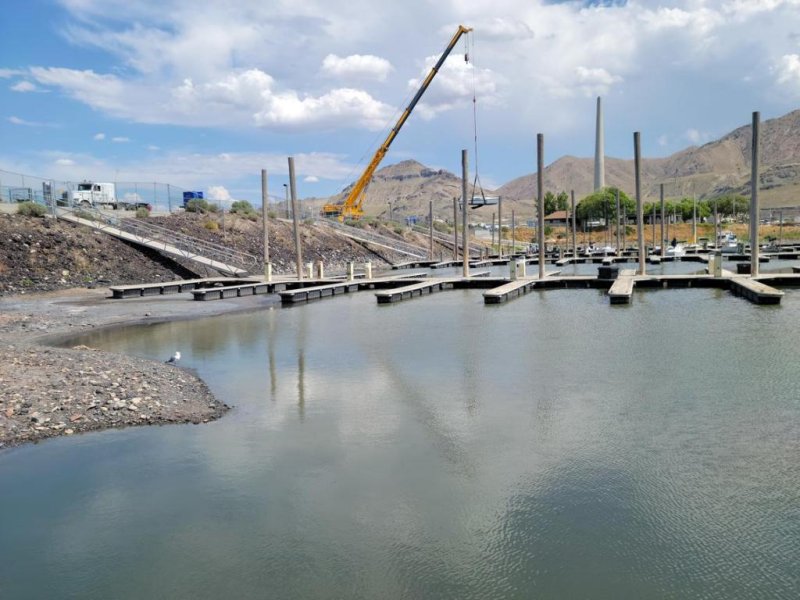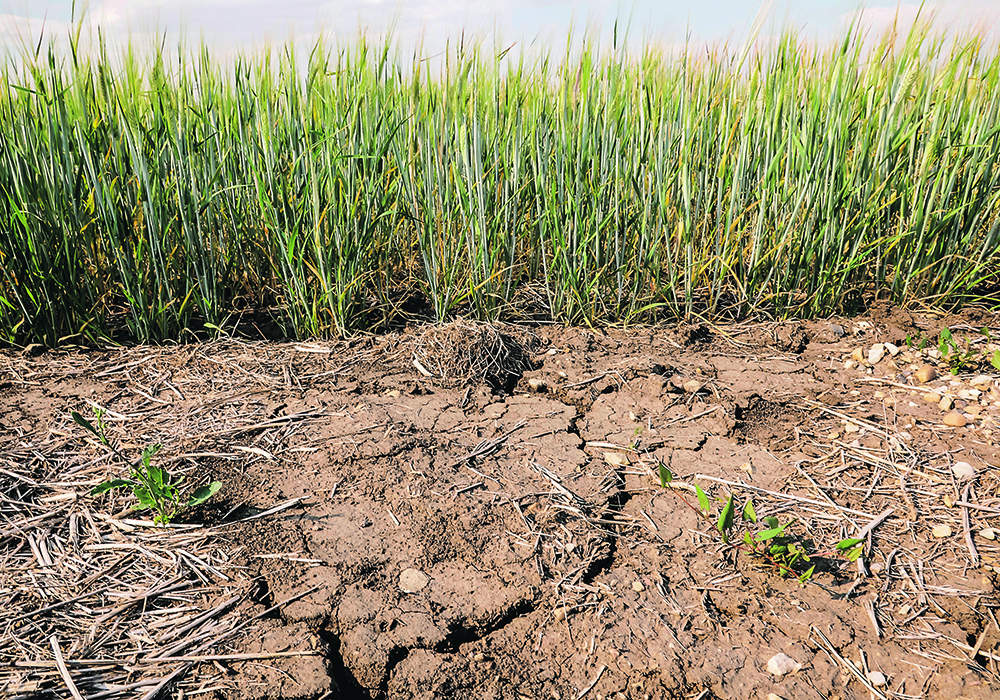
An estimated 30,000 people took to the streets of Budapest, Hungary, on Saturday,
July 24 (UPI) -- An estimated 30,000 people took to the streets of Budapest, Hungary, to celebrate the capital's annual Pride event and protest the country's recent passing of an anti-LGBTQ law.
Participants and speakers at the Pride event, which had been held virtually in 2020, spoke out against the Prime Minister Viktor Orban-backed law, which bars schools from discussing LGBTQ issues or teaching books with LGBTQ representation or themes.
The law also prohibits TV stations from showing programs with lesbian, gay, bisexual, transgender or queer representation in the daytime or early evening hours.
Speakers at the event included Budapest Mayor Gergely Karacsony, who called on Hungarians to show solidarity with LGBTQ citizens, Roma groups and other minorities.
The Pride parade was met with about 80 counterprotesters, who were kept behind a cordon. The group was heard shouting homophobic and pro-Nazi statements. Observers said there were no violent incidents between the groups.
Orban previously responded to international criticism of the new law, including from the European Union, which counts Hungary as a member, by proposing a five-question referendum on whether the public supports the "promotion" of LGBTQ content to children
The referendum suggestion was criticized by some at Saturday's march who said it was made up of leading questions.
RELATEDHungary PM Viktor Orban orders 5-question referendum on LGBTQ ban
"Even if you support LGBT rights, you wouldn't automatically say yes to these questions," LGBTQ activist Akos Modolo, 26, told CNN. "The government is using this as a political tool."
Modolo said the government's strategy is to "always look for an enemy to blame" so it can "appeal to the anger of the voters."
"It's important to have a discussion," Modolo said. "But this is not a discussion -- it's a hate campaign."
Hungarian Prime Minister Viktor Orban has threatened to refuse EU coronavirus aid after the bloc moved against his laws. LGBTQ people expressed fear at the direction the country was going.

Thousands of people took part in a gay pride parade in Budapest, Hungary
Record numbers of Hungarians took part in the annual Budapest Pride Saturday to protest against right-wing government attacks on LGBTQ rights that have drawn outrage from the European Union.
Organizers of the Pride march told protestors to stand up to the hatred of "power-hungry politicians" that were "using laws to make members of the LGBTQ community outcasts in their own country."
Hungarian Prime Minister Viktor Orban has even threatened to turn down EU coronavirus aid if it is dependent on him backtracking over his proposed laws against the LGBTQ community. Hungary is due to receive €7.2 billion ($8.4 billion) from the EU Recovery and Resilience Facility
Watch video04:32 Hungary's LGTBQ community feels intimidated: DW's Fanny Facsar reports
What was the message from Budapest Pride?
The thousands of people who turned out for Budapest Pride were keen to show they would not be intimidated by the government's rhetoric and laws.
"The recent past has been very demanding, distressing and frightening for the LGBTQ community," its organizers said in a statement.
Budapest Pride spokesperson Jojo Majercsik told the Associated Press News agency that lesbian, gay, bisexual, trans and queer people are "afraid" of Orbanꞌs policies.

LGBTQ marchers have slammed Victor Orban for his latest laws
"A lot of LGBTQ people don't feel like they have a place or a future in this country anymore," he added.
Mira Nagy, 16, told Associated Press said that as a member of the LGBTQ community her situation was "pretty bad" and "if things get worse, I will leave Hungary."
What has the international community said?
Earlier this week, over 40 foreign cultural institutions and embassies including the United States, Britain and Germany published a joint statement in support of the Budapest Pride Festival.
"Concerned by recent developments that threaten the principle of non-discrimination on grounds of sexual orientation or gender identity, we encourage steps in every country to ensure the equality and dignity of all human beings," they said.

This year's Pride march had record attendance
Last week,the European Commission launched legal action against Hungary for what it sees as discriminatory laws.
The new bill put limits on young people's access to information on LGBTQ rights and gender identities other than those assigned at birth. Orban has pledged a referendum on the law to get feedback from the public before elections next year.
jc/dj (AP, Reuters, dpa)









